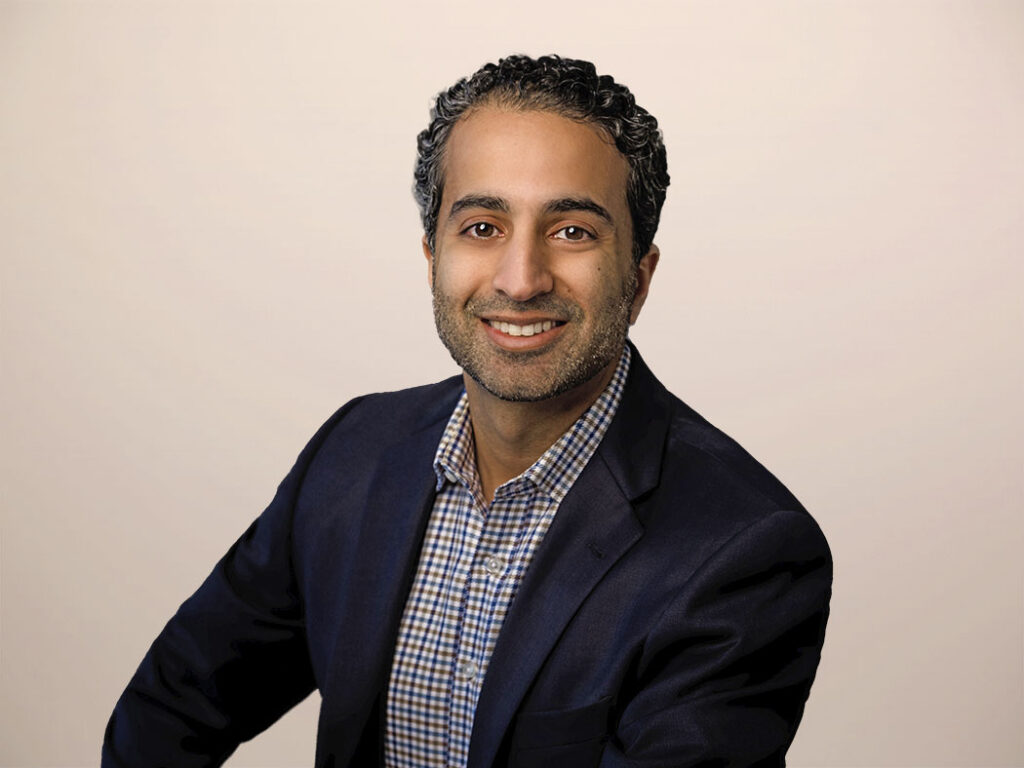The Curtain Falls On GARM — Revealing Industrywide Brand Safety Issues
If you’ve ever seen The Wizard of Oz, you might remember the moment when Dorothy realizes the Wizard is not in fact all-powerful. He is just a man with a very loud voice. She also learns that she doesn’t need his power or magic to send her home — the power lies within herself. This story comes to mind when we look at how the curtain fell for a once-respected entity, Global Alliance for Responsible Media initiative (GARM) — and why brands need to take control over their own brand safety measures. To recap what happened last week:
- Tuesday: X (formerly Twitter) filed a lawsuit against the World Federation of Advertisers (WFA) — a consortium of the world’s largest media buyers. The lawsuit targeted the WFA’s brand safety initiative: Global Alliance for Responsible Media (GARM).
- Wednesday: Adtech researchers discovered many of the same WFA member brands, having leveraged brand safety technology from Media Rating Council-accredited and GARM-affiliated vendors, are continuing to purchase media below the “brand safety floor” as defined by GARM.
- Thursday: The WFA announced it was disbanding GARM, effective immediately.
GARM Standards Were Heavy-Handed, Arbitrary, Unenforceable — And Possibly Illegal
Setting aside that X has its own content moderation, user verification, and disinformation problems independent of GARM, this week’s revelations were stunning in scope and carry damning implications, the results of which have yet to fully bear out. The WFA recognized its precarious situation in record time and abandoned the standards body, commenting that it is but “a small, not-for-profit initiative,” and that in under two days, the allegations had “significantly drained its resources and finances.” GARM’s dissolution revealed industrywide systematic issues and some hard truths for advertisers, including:
- Top-down brand safety standards (like those of GARM and DoubleVerify) are ill-suited to address complex brand safety problems. As publications and articles that are both mainstream and brand-suitable become regularly demonetized into bankruptcy by GARM-affiliated brand safety vendors, advertisers must now honestly ask the question: “By ignoring certain news outlets or pieces of online content, is my brand safety regime working in my brand’s interest?” The dissolution of GARM, as well as the repeated failures of “default settings” from major brand safety tools, show that brand safety should begin at the grassroots with individuals and brands.
- Brand safety is about your brand alone. Decisions about brand standards and media responsibility are personal to each brand. The standards employed by a lingerie brand vary widely compared with a financial services brand. Because of this, each brand has its own type of kryptonite: specific issues it wants to avoid, such as news about union drives for a global coffee chain or environmental pollution for a large manufacturer. And while advertisers are allowed to advertise where they see fit, the FTC is clear that they aren’t allowed to meet up with their competitors to implement arbitrary content standards.
- Technology alone doesn’t stem the brand safety tide; people do. The two largest providers of programmatic “brand safety” technology, which purport to check GARM standards in real time, were unable stop many brands — including Disney — from advertising across content that not only failed to meet GARM’s most basic standards but was inappropriate by any standard. As unsafe content and AI-generated hallucinations proliferate, brands that once believed their tech vendors were continuously updating their content filtering and natural language processing (NLP) models and micromonitoring individual placements are now realizing the onus is actually on them, the brand. To keep their brand above board, they need to buy more of what’s safe each month, instead of filtering out whatever’s unsafe.
Marketers: Beware Of Default Brand Safety Standards
Before this recent escalation, Forrester surveyed US B2C marketing executives and found that:
- 87% are satisfied with their brand safety guidelines.
- 89% thought they were diligent at enforcing them.
- 84% agreed that their brand safety tools work well.
There’s an obvious disconnect between what marketers believed to be true with brand safety versus the reality they face now. Last week’s revelations pierced the veneer of efficacy: demonstrating that brand safety is a complex issue — one that will never be effectively addressed using blunt technology instruments or outsourced decisions to nonprofits.
The solution to effective brand safety takes a blend of soft skills and media literacy, as well as a commitment to processes that continuously curate audiences and content. Failing to do that, many brands will end up unintentionally boycotting Taylor Swift as too racy and brand-unsafe — all because a wizard behind a curtain said so.
Forrester clients who would like to learn more about the implications of GARM and how to approach their brand safety can schedule a guidance session or inquiry with Mo Allibhai.
